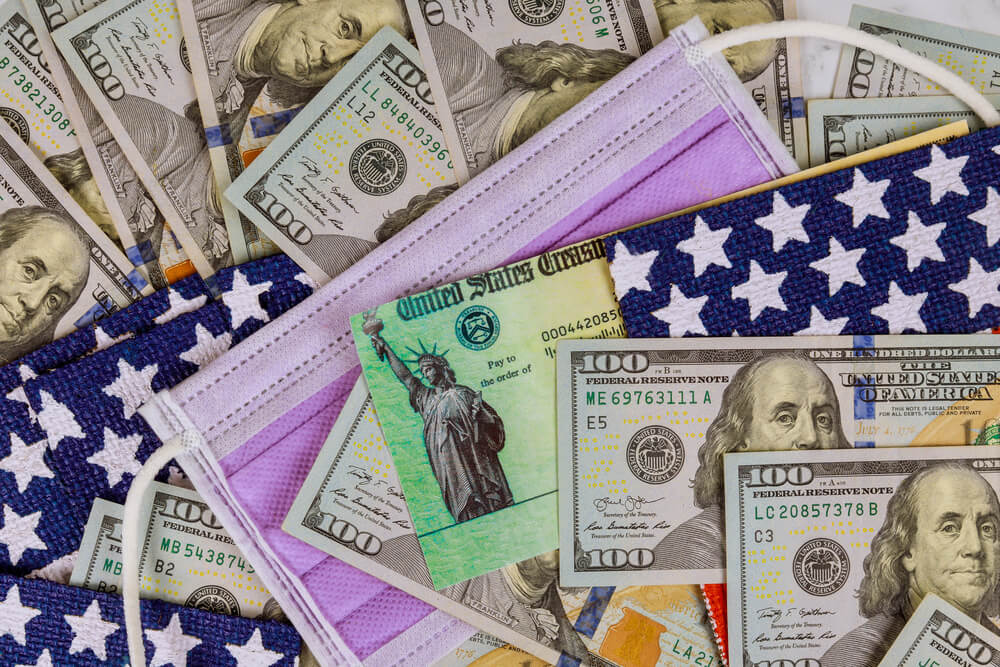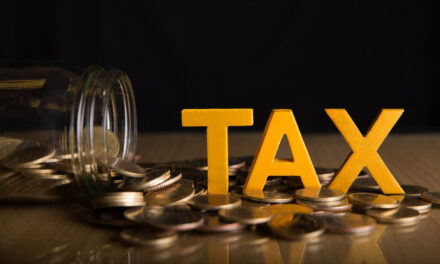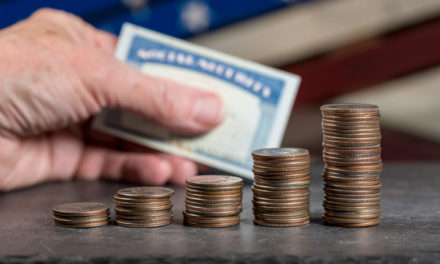If Treasury Secretary Steven Mnuchin is right, millions of Americans will start receiving federal relief checks by mid-April, but what are some of the best ways to spend your coronavirus stimulus payment?
While the amount each American will receive varies (we’ll cover that in a bit), the answer to what you should spend your coronavirus stimulus payment on depends on several factors, such as your current financial situation and your needs.
Of course, the government wants you to spend it on goods and services to help stimulate the economy but first, we will examine how much each American will receive.
Not Everyone Is Getting the Max
Under the terms of the relief bill passed by the U.S. Senate on Wednesday, the maximum amount Americans will receive is $1,200 for each adult, $2,400 for couples and another $500 for each child.
However, the benefit goes down if you make over a certain amount. The federal government will base your income on 2019 tax returns — or 2018 returns if you haven’t filed yet this year.
The decrease in benefits starts for individual filers making $75,000 or more, heads of households earning more than $112,500 and $150,000 if you are married and filing jointly.
For every $100 above your particular threshold, your relief check is reduced by $5.
If you are an individual making $99,000 or more, you won’t get a relief check. As a couple, if you earned more than $198,000, you also won’t get a check.
Now that you can estimate approximately how much you will receive, let’s look at the best ways to spend your coronavirus stimulus payment.
Best Ways to Spend Your Coronavirus Stimulus Payment
1. Pay the Bills
Situation: You were just laid off or had your hours reduced.
What to buy: Nothing.
In this scenario, you have just lost your base of income, which means your first priority is taking care of things like food, housing and utilities before anything else.
If you have credit cards or car payments, it is important to try to at least pay the minimum on the balance. That way, your credit doesn’t take a big hit.
Remember, if this is you, it’s important to be thrifty because you don’t know how long this situation — and your own personal situation in particular — will last. You may have to shop at discount grocery stores and only purchase essential items.
In this situation, pay your rent, your utilities and buy food with your coronavirus stimulus payment. If you have anything leftover from that, try to pay down any debt you might have.
2. Save, Save and Save Some More
Situation: You still have a job, but you live paycheck to paycheck. Or, you are retired and living on a fixed income.
What to buy: Nothing.
If you are still working, you may be inclined to want to spend your relief check on something like a new television or something else you really don’t need.
Resist the urge.
The best thing you can do, if you can still cover housing, food, utilities and your debt payments, is to sock this money away.
Ideally, you want to have three to six month’s worth of your expenses saved up in the event of a layoff or economic downturn. Or you can really beef up your rainy day or vacation fund.
You never know how things will play out in the future, so saving now will only help cushion the blow if something worse happens down the road.
3. It’s OK to Invest Your Coronavirus Stimulus Payment
Situation: You are doing just fine and your emergency fund is already padded.
What to buy: Nothing — or stocks.
I know it seems strange to suggest you shouldn’t buy anything if you are already set for difficult economic times.
But even in this situation, it’s best not to spend money on something you likely don’t even need.
However, one thing you can do is max out your individual retirement account or even invest in taxable brokerage accounts.
If you feel like getting into the stock market or even building your portfolio, it’s perfectly fine to invest — and stocks are on sale right now compared to their record highs from just a month ago. If you are a buy-and-hold investor, many of the biggest experts say now is one of the best buying times of a lifetime considering how much stocks have plunged while most everyone thinks they’ll bounce back big after the dust from the pandemic settles.
Maybe invest a small percentage each day markets are down, like 1% of what you have.
But be careful. Just like with any other time, you want to do research before you invest. Don’t invest any more money in the markets than you are willing to lose in the short-term.
Donate Some Money
Another option for your coronavirus stimulus check is to donate some or all of the money. When unemployment skyrockets, as it did already, nonprofits like food banks will likely see a sharp decline in donations. Plus it just feels good to support others in your community who are less fortunate.
Everyone has different situations and at the end of the day, you have to do what is best for you.
If you want to go out and buy that new television, you are free to do so — that’s actually what the government wants you to do with this money.
Just remember what you may be missing out by not saving or investing those funds for your future.
So, until this economic storm blows over, use our best ways to spend your coronavirus stimulus payment for ideas.





